

|


|
|
1/8 Scale Nitro Rally Car:
Thunder Tiger ER-1 Sport - Subaru Impreza WRC - 6238-F*
|
Introduced by Thunder Tiger in 2005, the Subaru Impreza WRC - TTR 6238-F73 - based on the ER-1 Sport Rally / Touring Car chassis, came factory assembled RTR, with a Pro-28BX 4.60cc Pull-Start Engine and Radio System pre-installed. 60% of ER-1 parts are from the EB-4 S3.
PLEASE NOTE: An F* indicates that the Model code varies in different parts of the world. Any F number shown in this section is simply an example of an actual code number found for this model in my research.
For other Thunder Tiger ER1 models, check out our Thunder Tiger Archive.
The 4WD TT model is shaft driven, on an alloy plate chassis, with gear type differentials, coil spring over oil filled dampers, CVA drive-shafts and a full set of ball bearings.
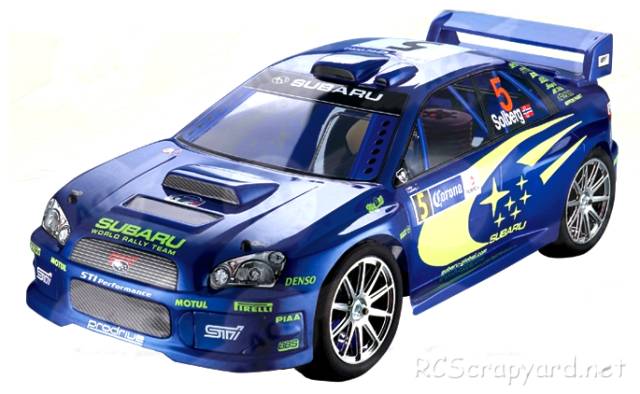
To get the best from the Thunder Tiger ER-1, it needs to be fine tuned, to provide precise steering response and improve grip when cornering, so you don't slide off the track. Small changes can make huge advancements and our easy to understand guide will help you to the optimum Set-up for your individual driving style.








|
|
|

★ Thunder Tiger ER-1 Sport Chassis ★
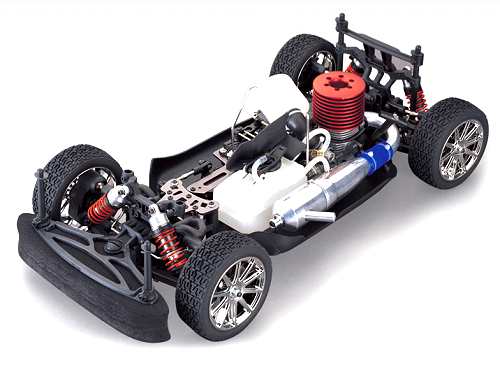
★ Thunder Tiger ER-1 Sport Chassis ★
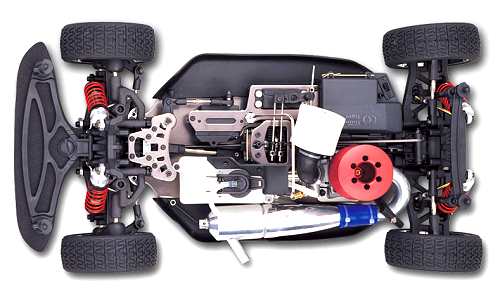
★ Thunder Tiger ER-1 Sport Chassis ★
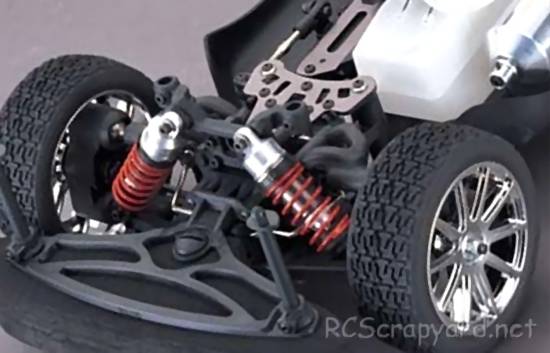
★ Thunder Tiger ER-1 Sport Chassis ★
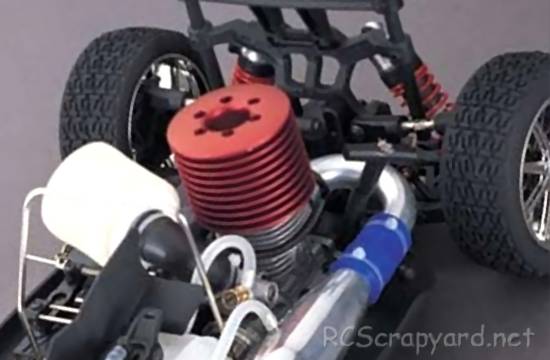
★ Thunder Tiger ER-1 Sport Chassis ★
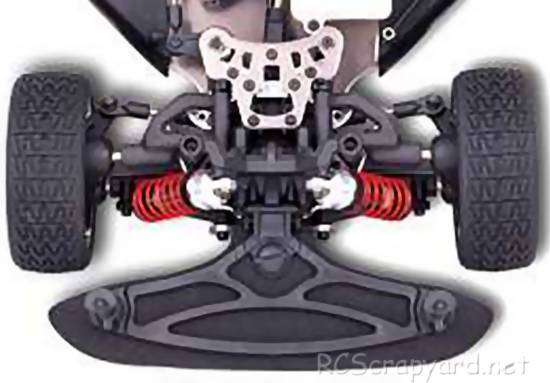
★ Thunder Tiger ER-1 Sport Chassis ★
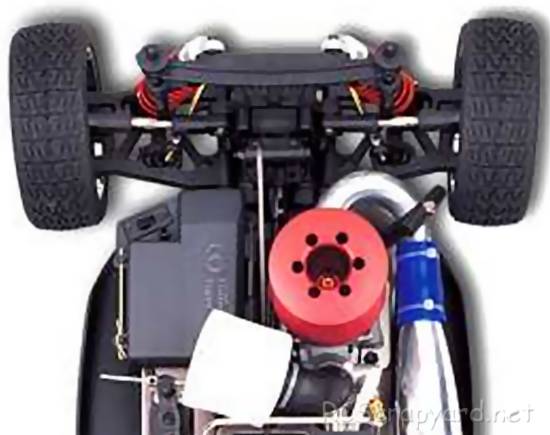
|
Buying a Used Thunder Tiger ER-1
|
|
Manufacturers and Brands Catalogued, Listed and Reviewed by RC-Scrapyard.
At present, the RC Model Manufacturers, Brands and Distributors covered by us are: ABC Hobby, Academy, Acme Racing, Agama Racing, Amewi, Ansmann Racing, ARRMA, Team Associated, Atomic RC, Axial, AYK, Bolink, BSD Racing, Capricorn, Carisma, Carson, Caster Racing, Cen, Corally, Custom Works, Durango, Duratrax, ECX - Electrix, Exceed RC, FG Modellsport, FS-Racing, FTX, Fujimi, Gmade, GS-Racing, Harm, HBX, Helion, Heng Long, Himoto Racing, Hirobo, Hitari, Hobao, Hong-Nor, Hot Bodies, HPI, HSP, Intech, Integy, Jamara, JQ Products, Kawada, Kyosho, Losi, LRP, Maisto, Mardave, Marui, Maverick, MCD Racing, Megatech, Mugen, New Bright, Nichimo, Nikko, Nkok, Ofna, Pro-Pulse, Protech, PTI, RC4WD, Redcat Racing, RJ-Speed, Robitronic, Schumacher, Seben, Serpent, Smartech, Sportwerks, Step-Up, Tamiya, Team-C Racing, Team Magic, Thunder Tiger, Tomy, Top Racing, Traxxas, Trinity, Tyco, Vaterra RC, Venom, VRX Racing, WLToys, X-Factory, Xmods, Xpress, Xray, XTM, Yankee RC, Yokomo, ZD Racing and Zipzaps. |
|
Hints, Tips and Information
Bodyshell Aerodynamics
It is commonly understood that weight improves traction, and if you have ever seen TV coverage of any kind of full size motor racing, you will have heard the comentators talking about, aerodynamics, downforce and ground effect. Well, even though they are only a fraction of the size and weight, these terms also relate to small scale model racing cars. |
Information and AdviceElectronic Speed ControllersHistory
ESC were originally developed to be used in conjunction with brushed 27T stock and modified motors in the late 1970s, early 1980s. Compared to modern day Controllers, they were Bulky and heavy, constructed using basic resistors, rheostats, capacitors and transistors, crammed together on a simple circuit board, to provide stepped but smooth acceleration when compared to the old mechanical, servo operated sweeper Speed Controllers. An Electronic Switch to change the direction of current flow was used on some of these early ESC to give reverse operation. Although they were a vast improvement on the old mechanical speedos of the time, they were expensive, jerky to control, and prone to burn out if not carefully looked after. |
|
RC Models:
|
Radio & Motors: |
Other
Accessories: |